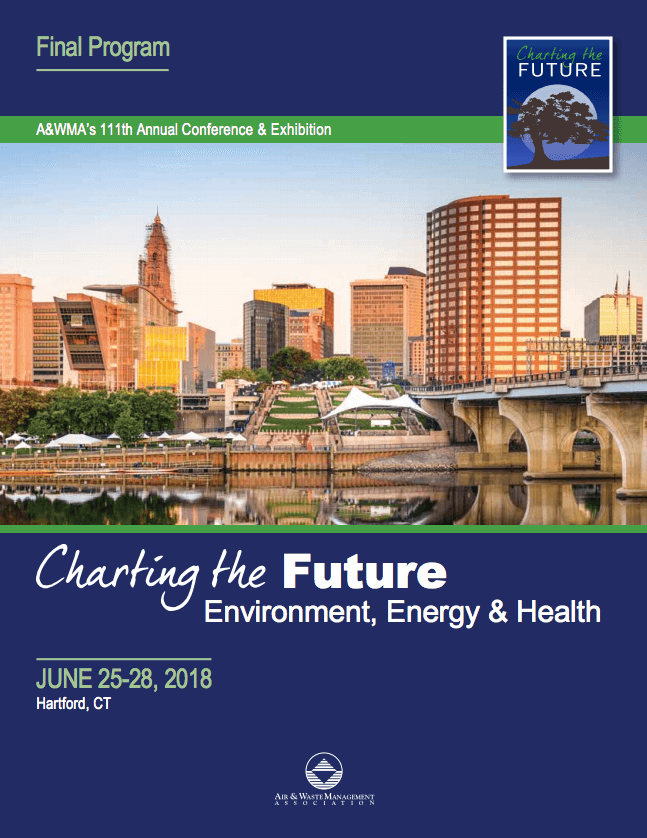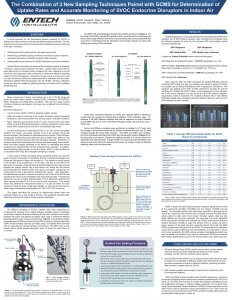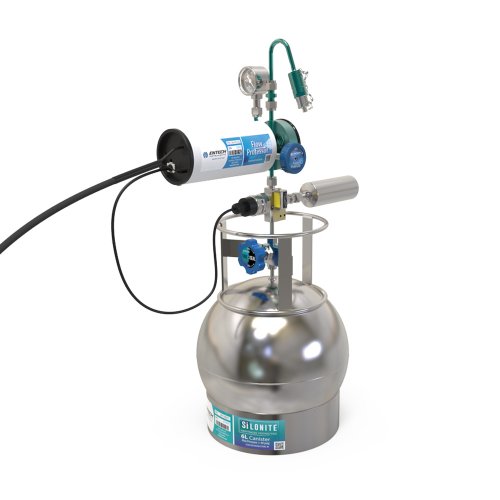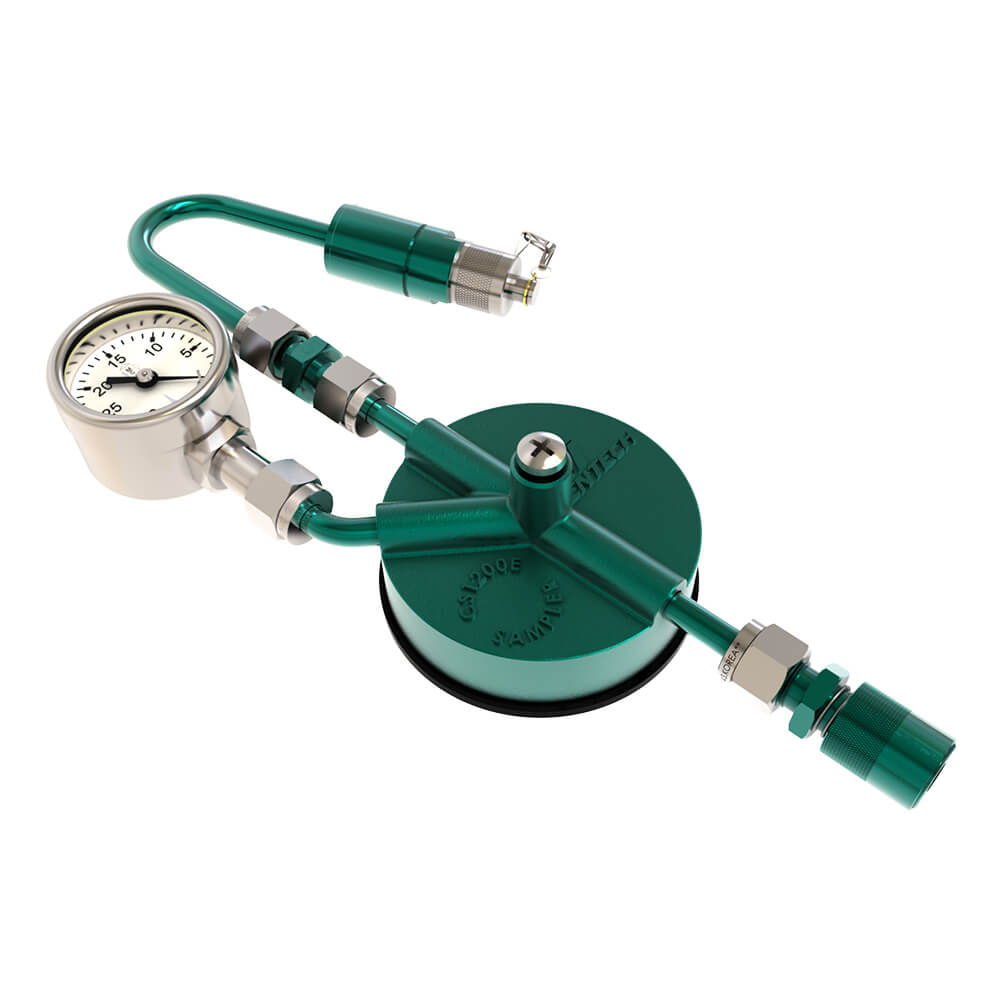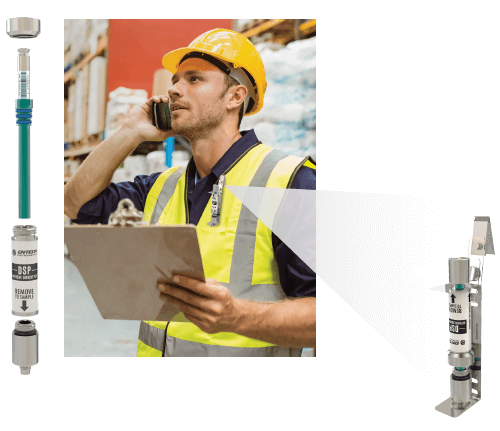
Entech @ AWMA
CT Convention Center, Hartford, CT
June 25 - 27, 2018
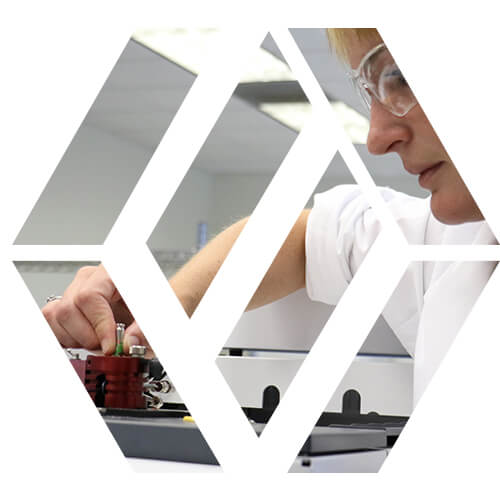
Join Entech at AWMA in Hartford, CT
Entech Booth# 221
Monday 25: 5:00pm – 7:00pm
Tueday 26: 8:00am – 5:30pm
Wednesday 27: 8:00am – 4:00pm
Come meet Vicky and Tom!
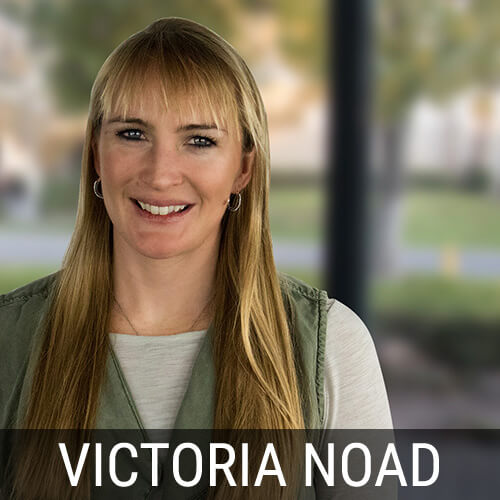
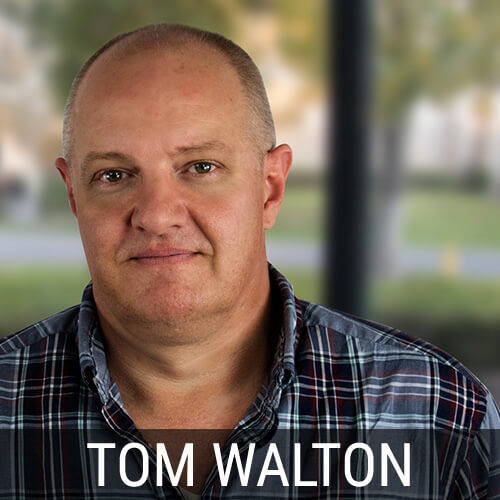
Waste Management Systems, Regulations, and Issues
Victoria Noad, Daniel Cardin, Thomas Robinson
Solvent-Free Extraction Technique for Determination of SVOCs in Water Samples by EPA Method 8270
Wednesday, 27th
5:20 pm
Room 16
Innovative Measurement Techniques - Part 1
Daniel Cardin, Jiewen Zhang, Thomas Robinson, Victoria Noad
Combining US EPA Methods TO15 and 325A/B on a Single GC/MS
Thursday, 28th
10:20 am
Room 25
Innovative Measurement Techniques - Part 2
Thomas Robinson, Jiewen Zhang, Victoria Noad
A New Cryogenless TO15 Canister Preconcentrator with Substantially Reduced System Carry-Over When Exposed to Higher Concentration Samples
Thursday, 28th
1:50 pm
Room 25

The Combination of 3 New Sampling Techniques paired with GCMS for Determination of Up take Rates and Accurate Monitoring of SVOC Endocrine Disruptors in Indoor Air
Daniel B. Cardin and Victoria L. Noad
Abstract
The need for accurate monitoring of SVOCs in water samples using methods such as US EPA Method 8270 continues to grow in importance as the com- prehension of their adverse effects on human health evolves. Improvements in analytical technology for accurate determination down to sub-PPB levels is critical to obtain the most comprehensive monitoring possible. Current techniques for extraction of base/neutral/acid SVOCs include solvent extraction and separatory funnel extraction, however these methods require many steps and environmentally unfriendly solvents. Additionally, there are many analytical challenges due to matrix interferences, contamination, and the broad range of chemical properties. A new solvent-free automated technique for extracting SVOCs in water using Vacuum Assisted Sorbent Extraction (VASE) paired with GCMS is presented. VASE allows reliable extraction with minimal matrix effects due to the high phase ratio and surface area of the adsorbent. VASE is a powerful extraction technique which places a sample vial under vacuum in the presence of a 70mg adsorbent cartridge (Sorbent Pen) to effect near exhaustive extractions of GC compatible compounds. After the vacuum source is removed, the vial remains under vacuum causing transfer to the adsorbent faster than at atmospheric or higher pressures. Repeated heating and cooling of the sample creates a boiling action in a closed system which effectively transfers even the heaviest SVOCs and recovery surrogate standards into the adsorbent. Sample injection is performed with a thermal desorption unit fitted into a GC injection port. Extracted compounds remain near the front of the adsorbent ensuring their quantitative recovery. Calibration curves for SVOCs such as phthalates, pesticides, PCBs, and PAHs out to 6-rings and results from surface and waste water samples are presented. Data reveals both the reproducibility and lack of carryover achieved by this new technique resulting in accurate analysis of SVOCs.

